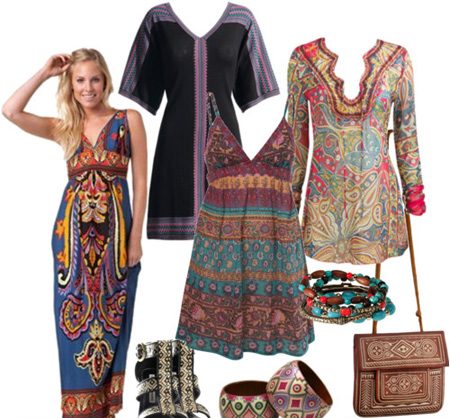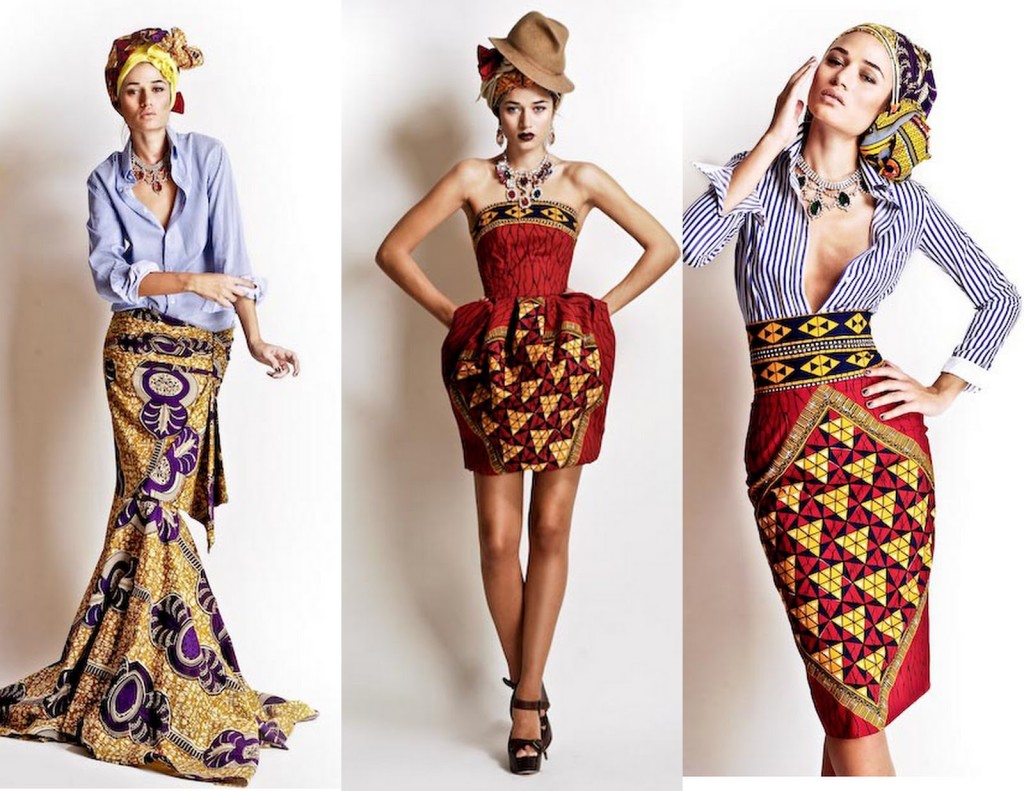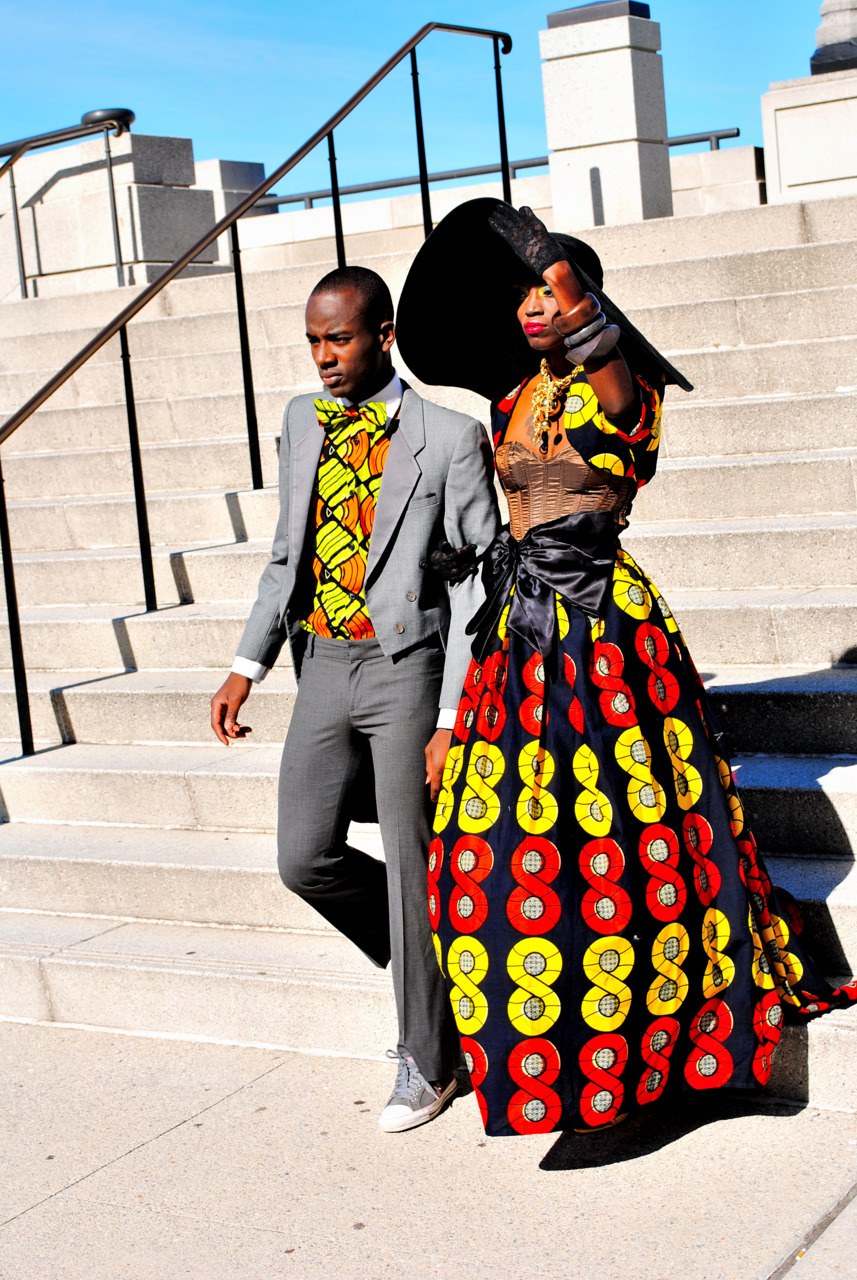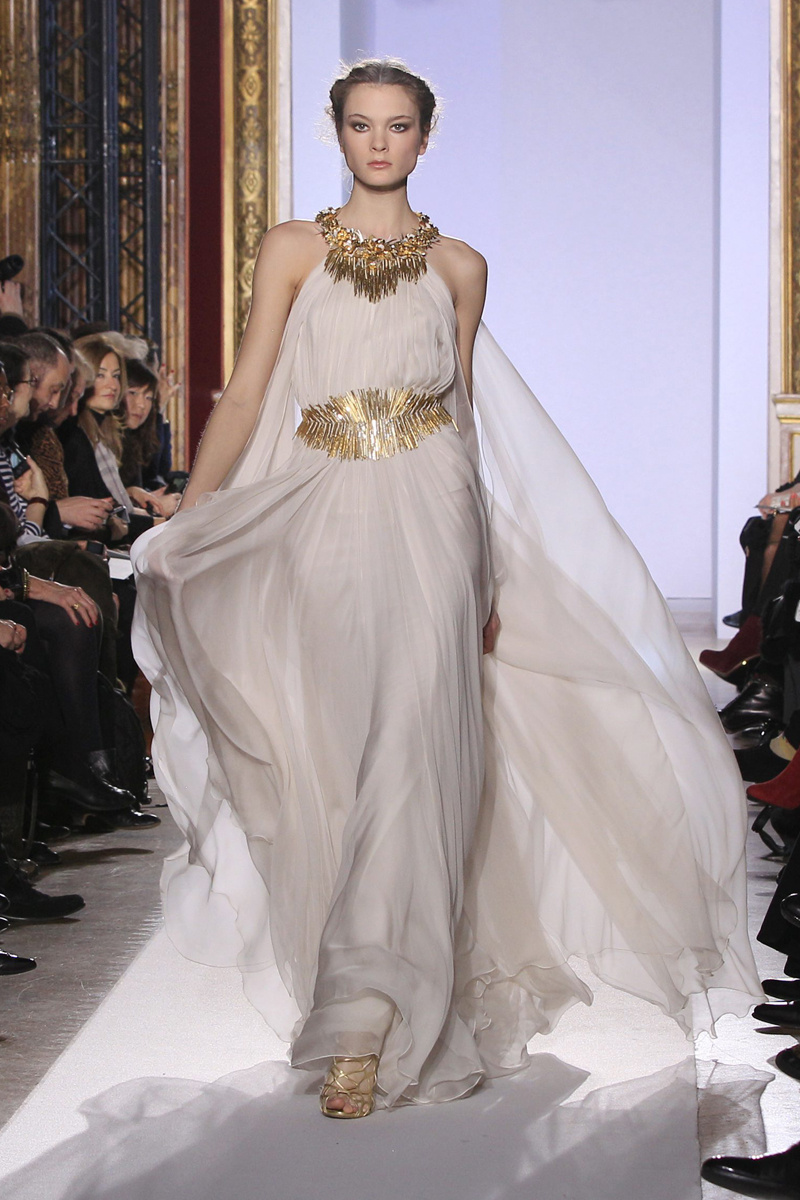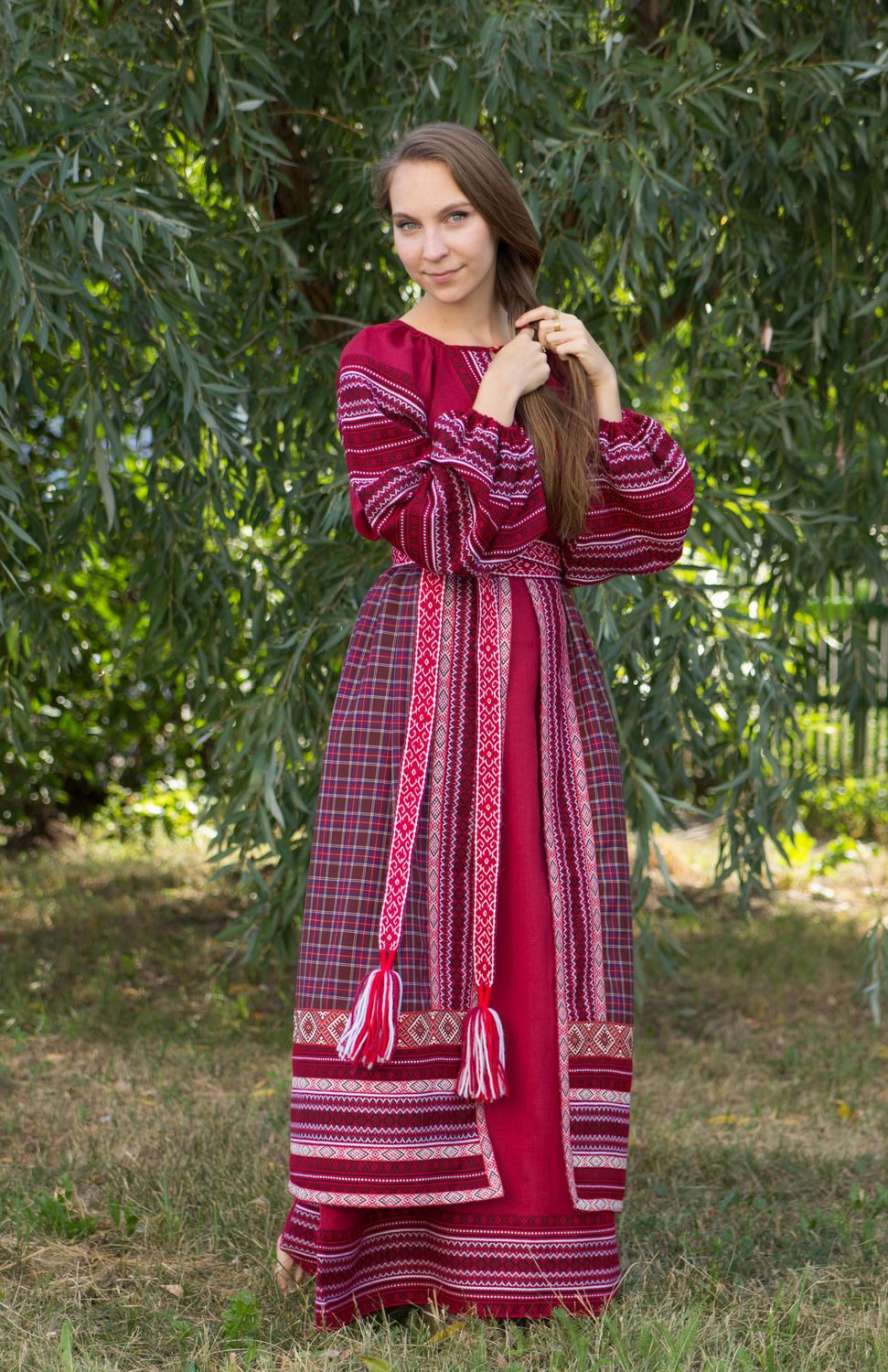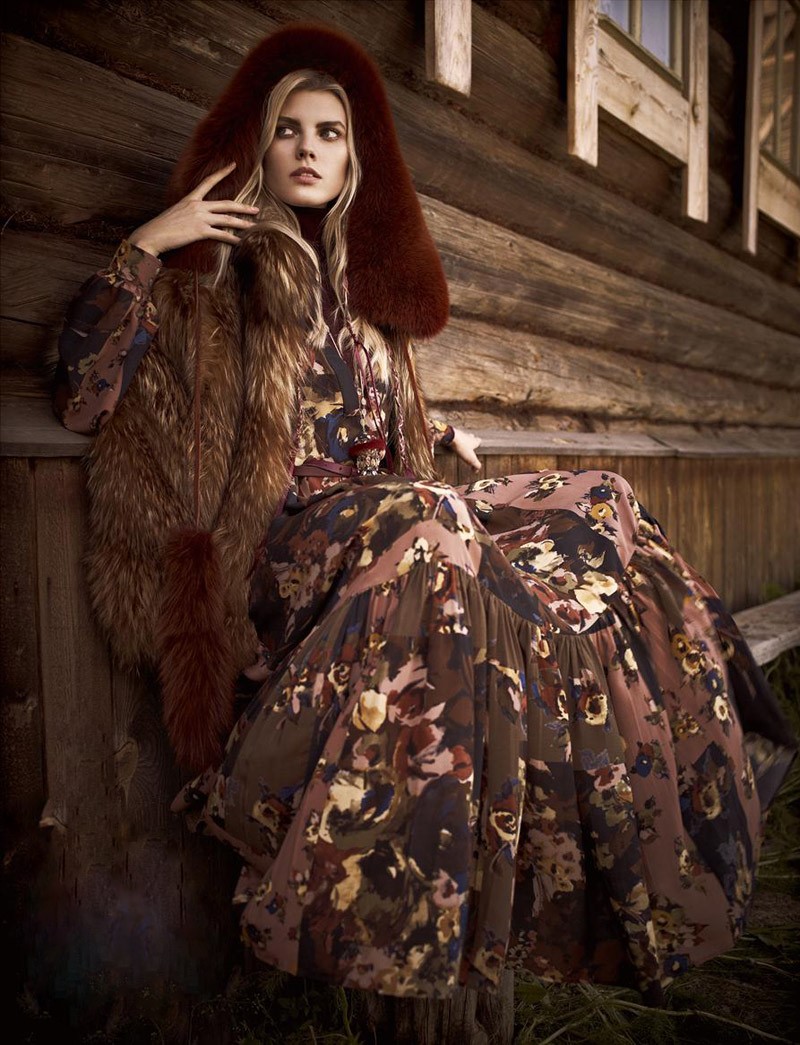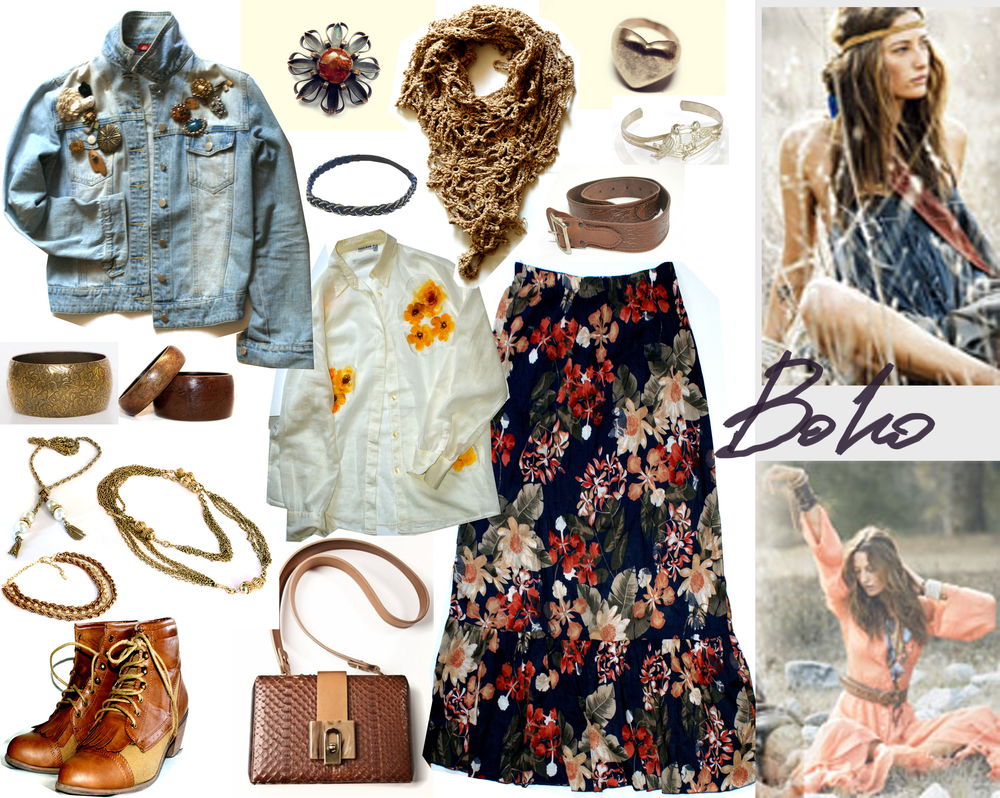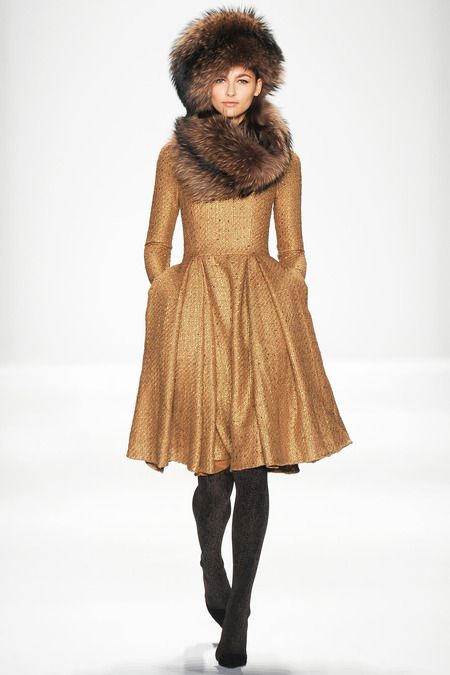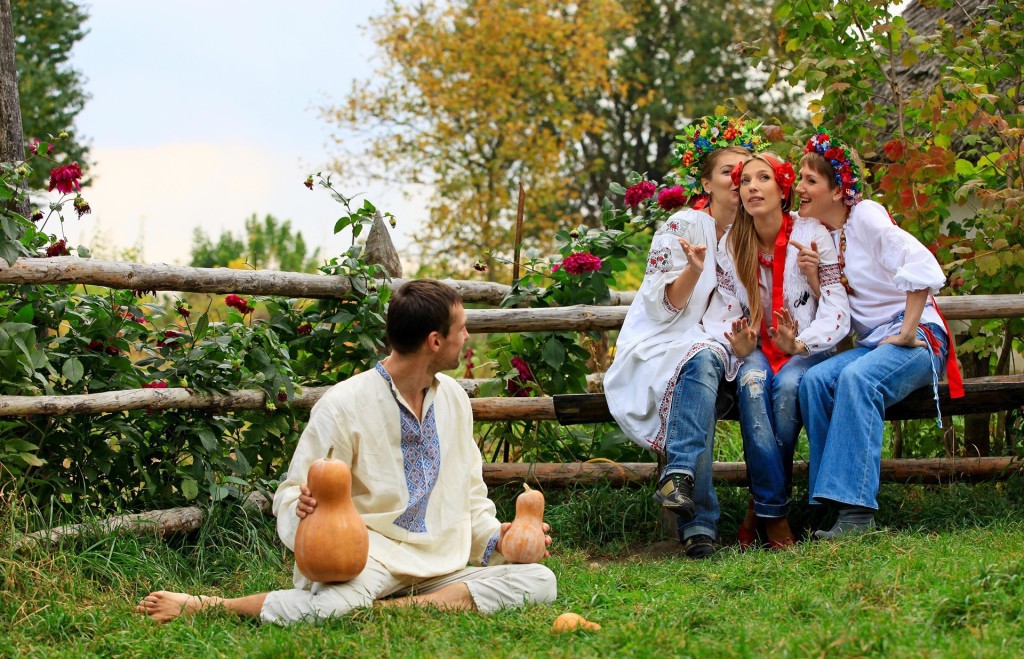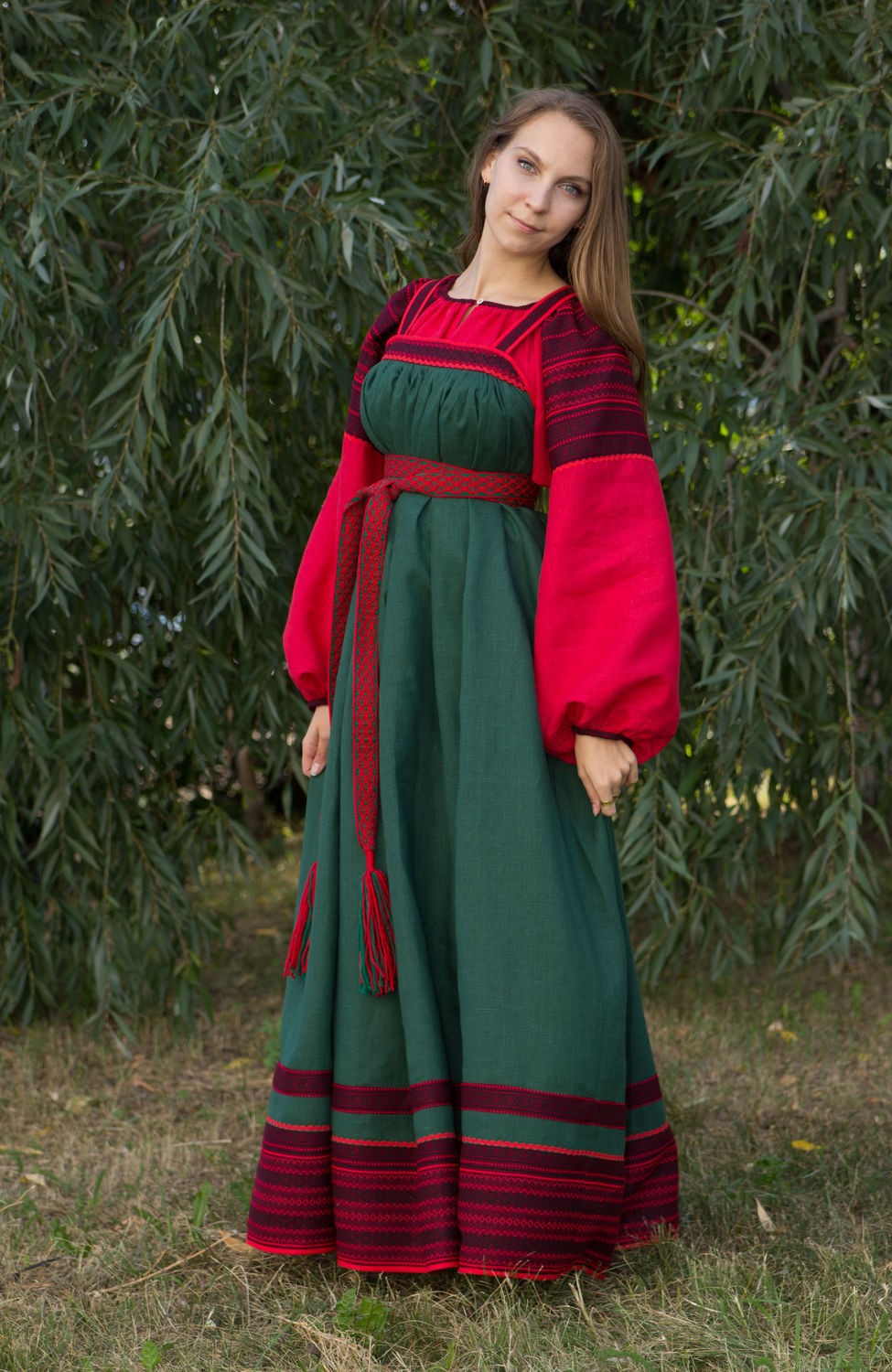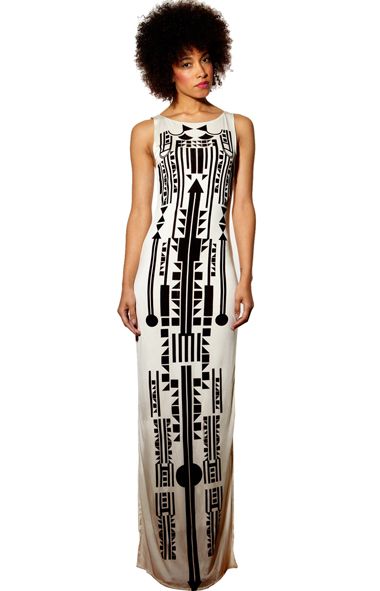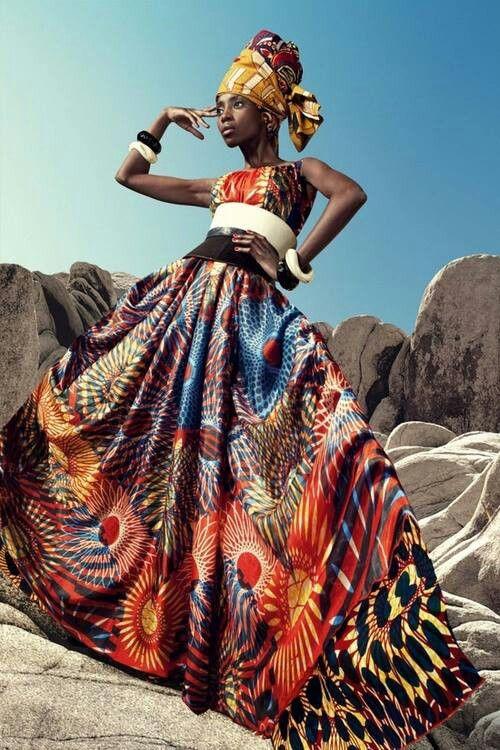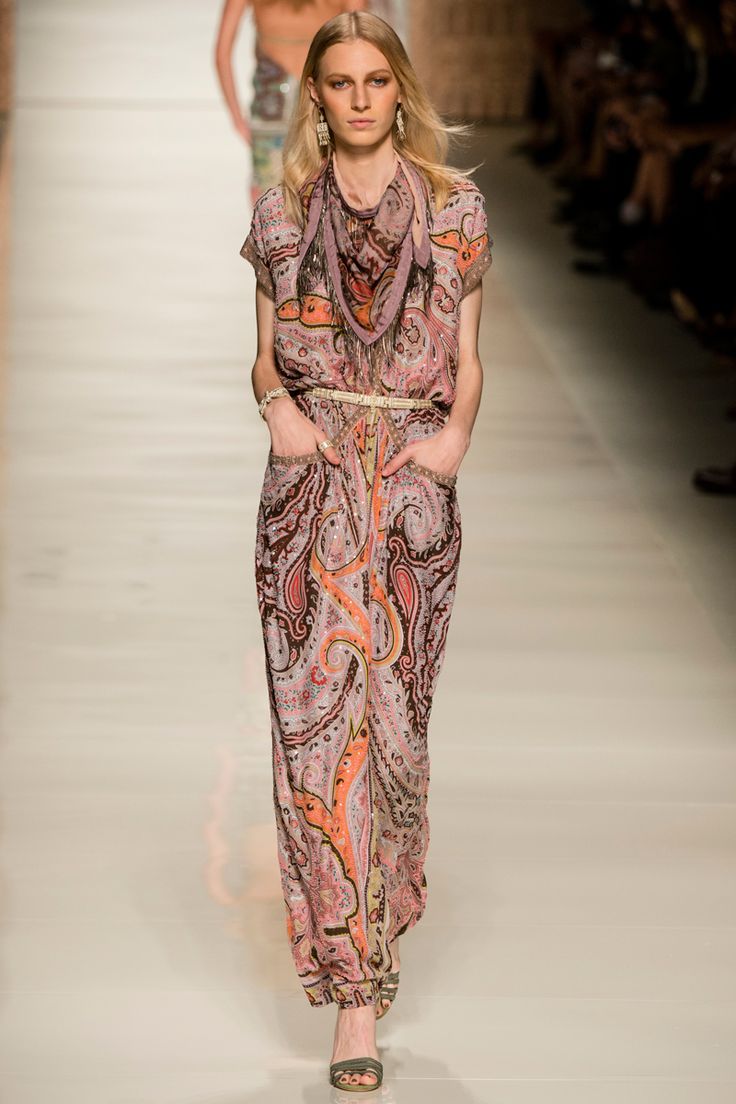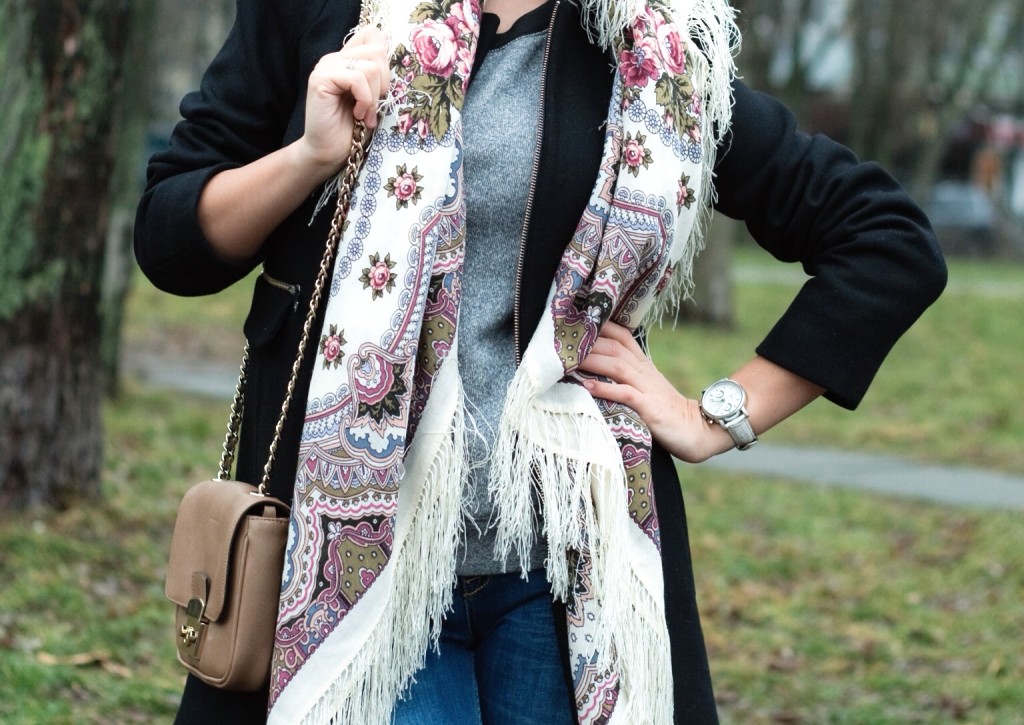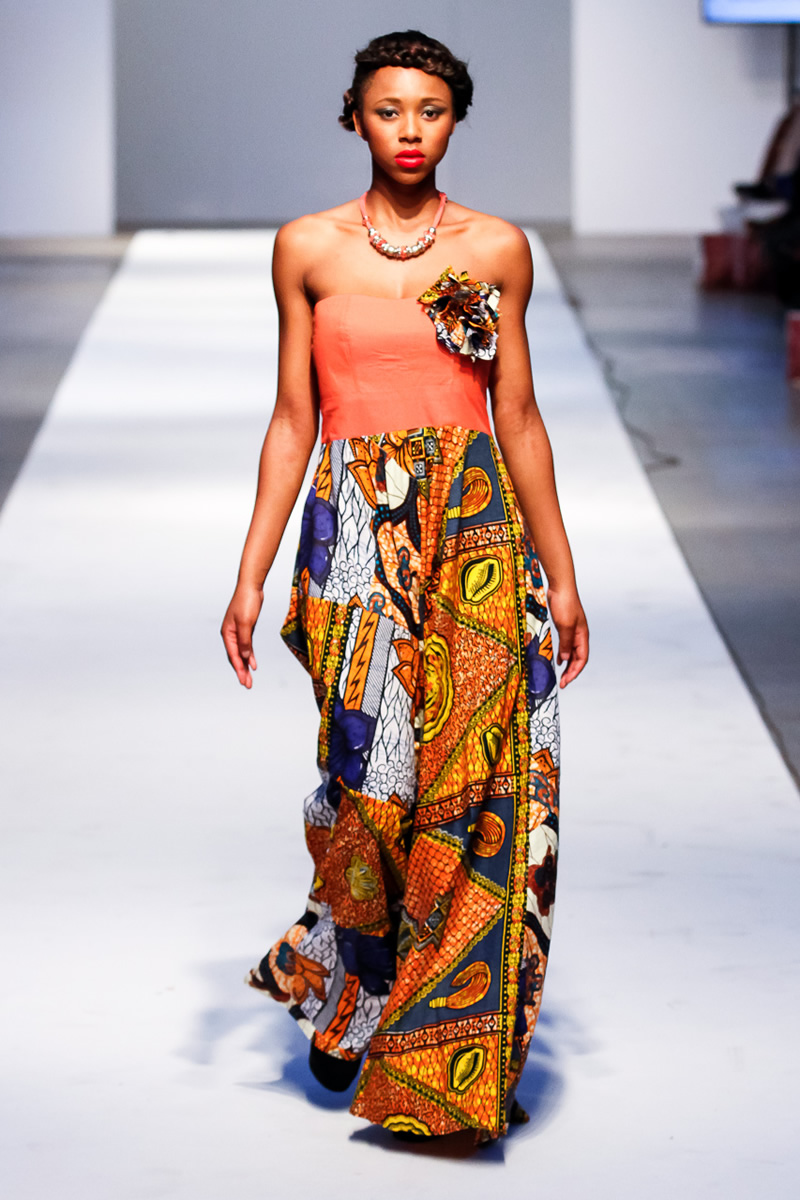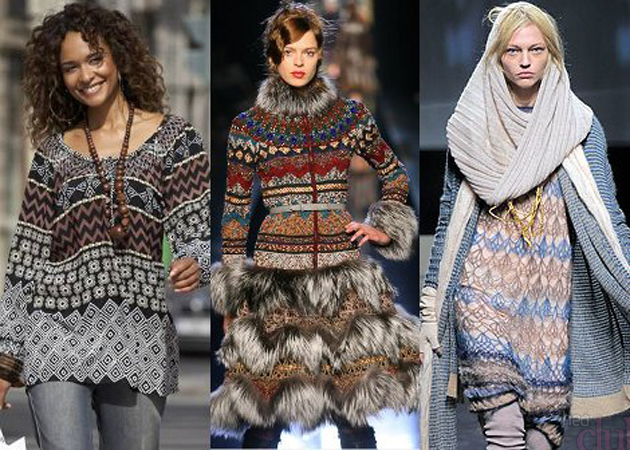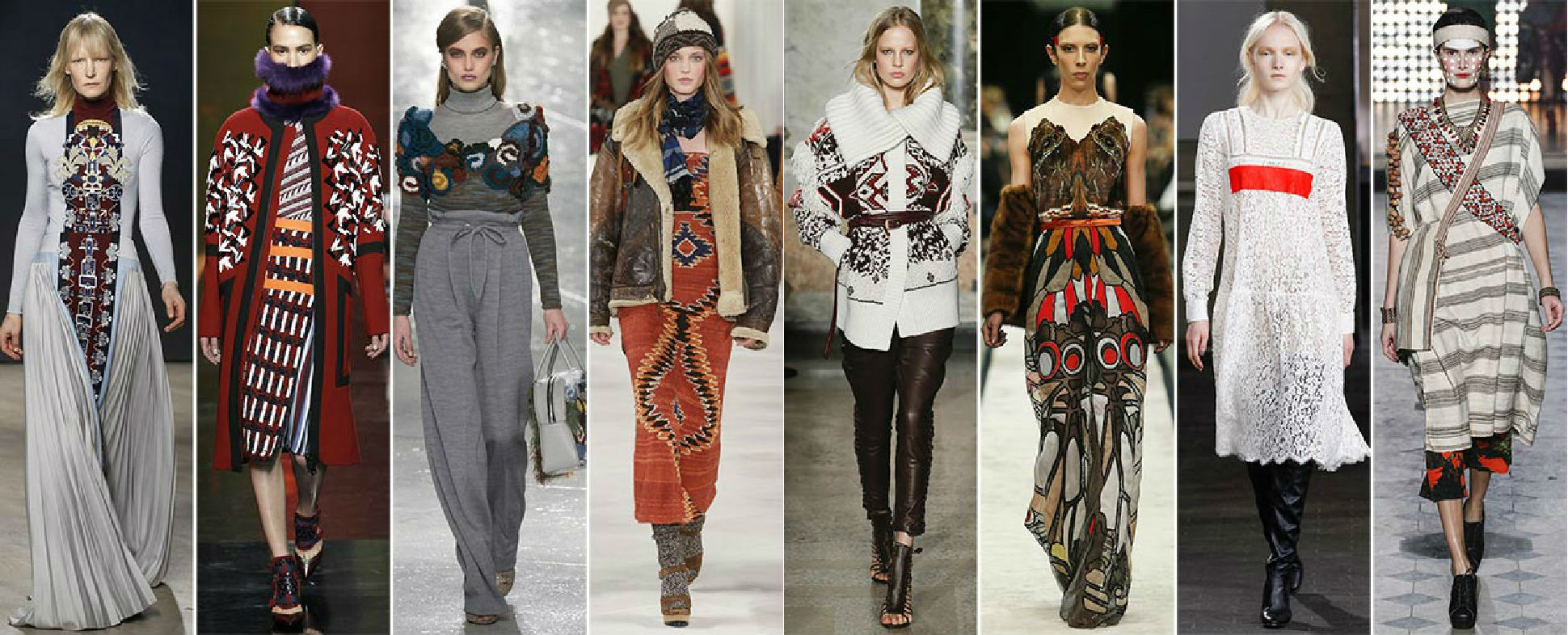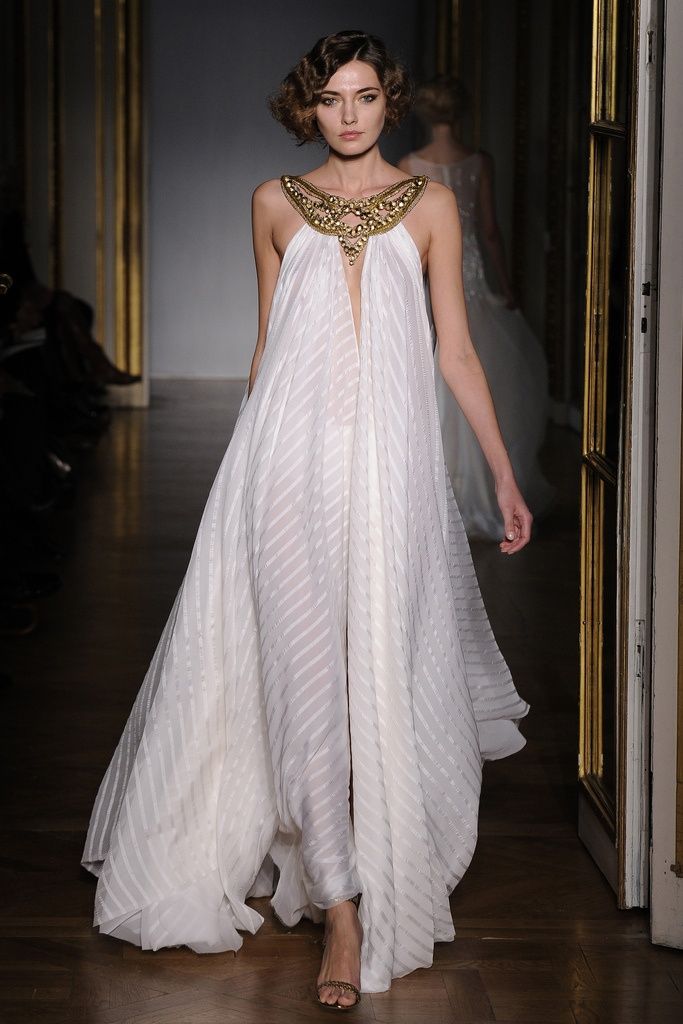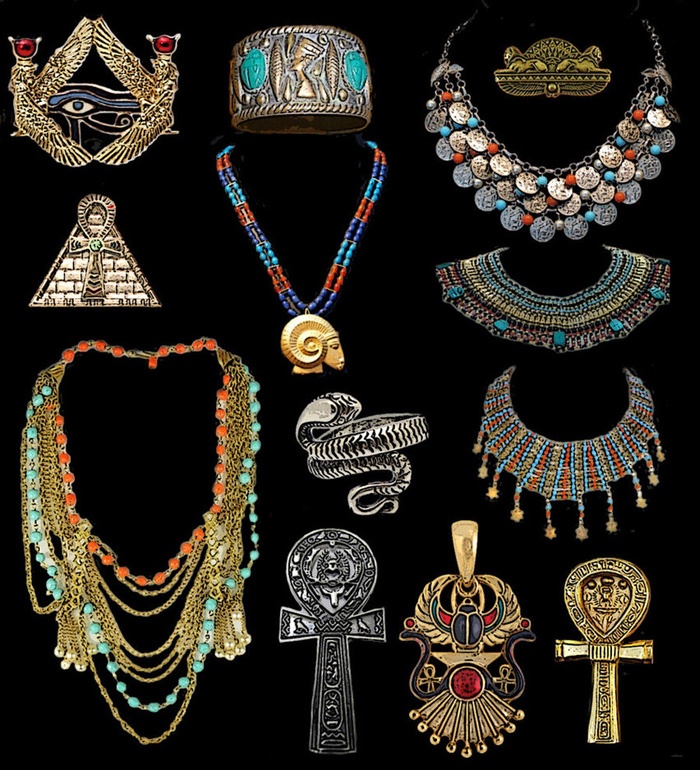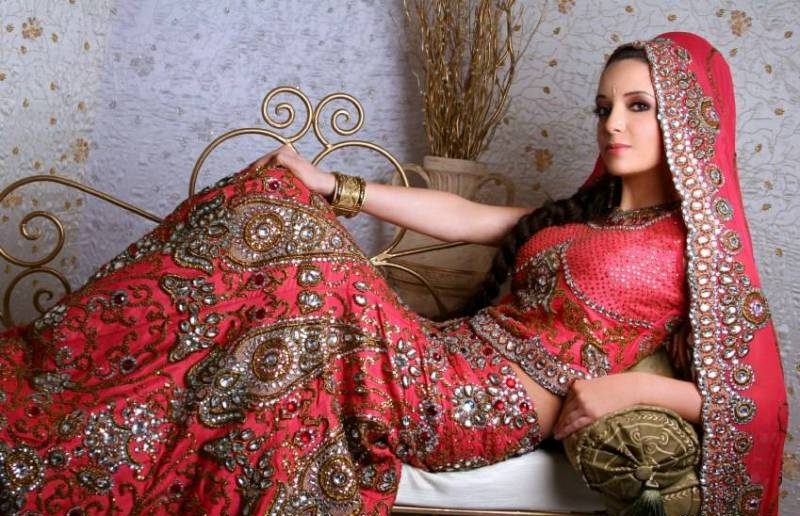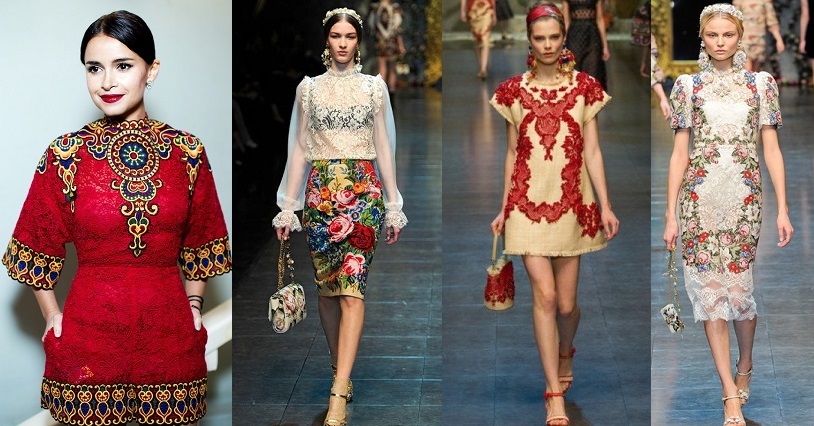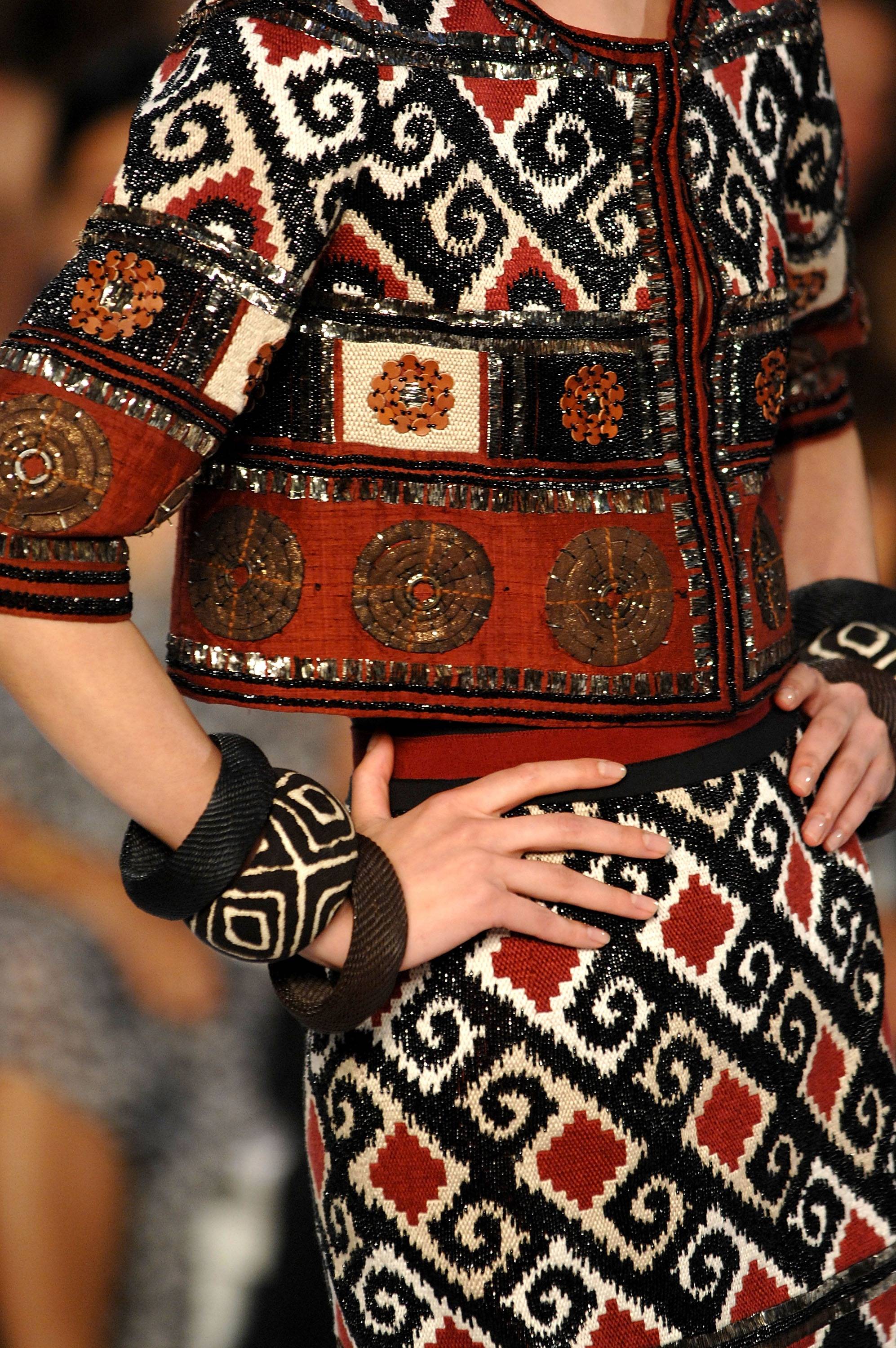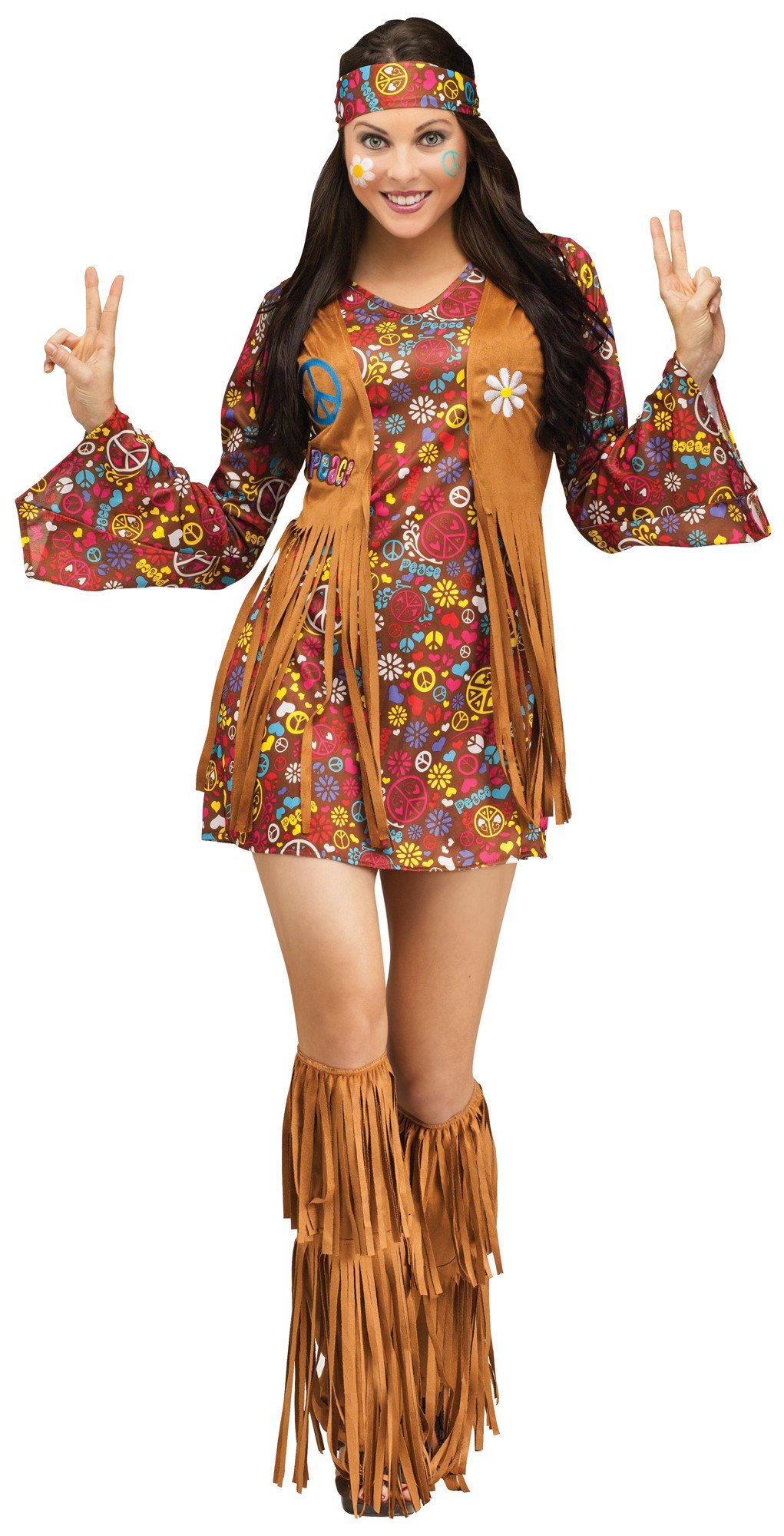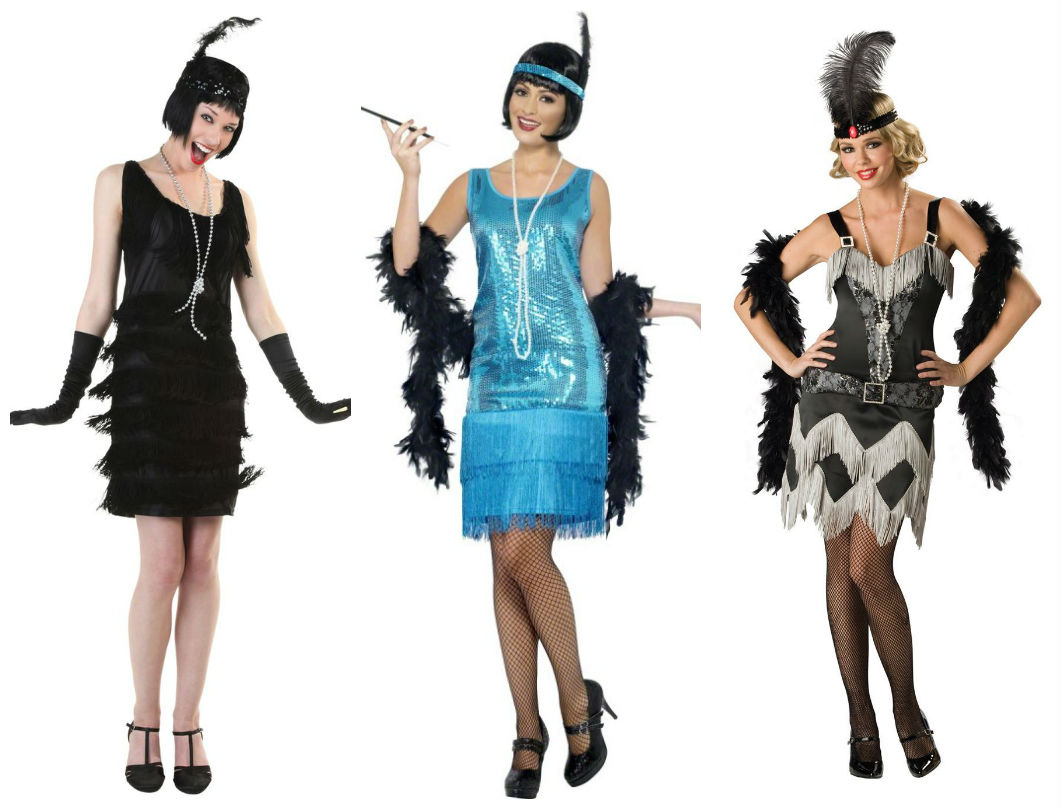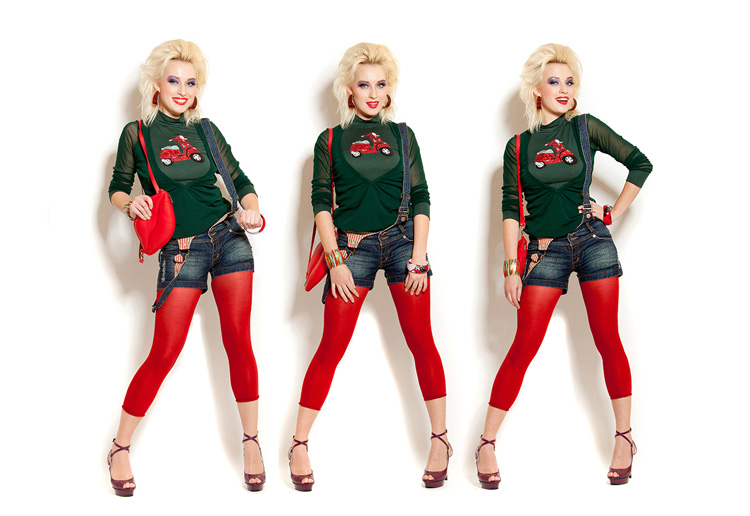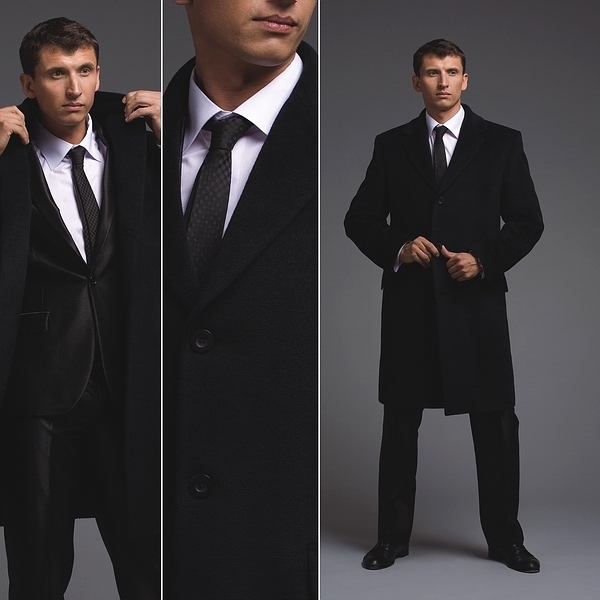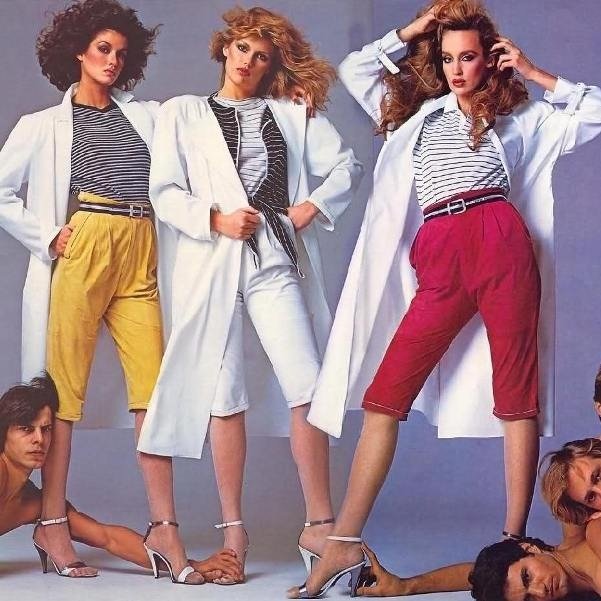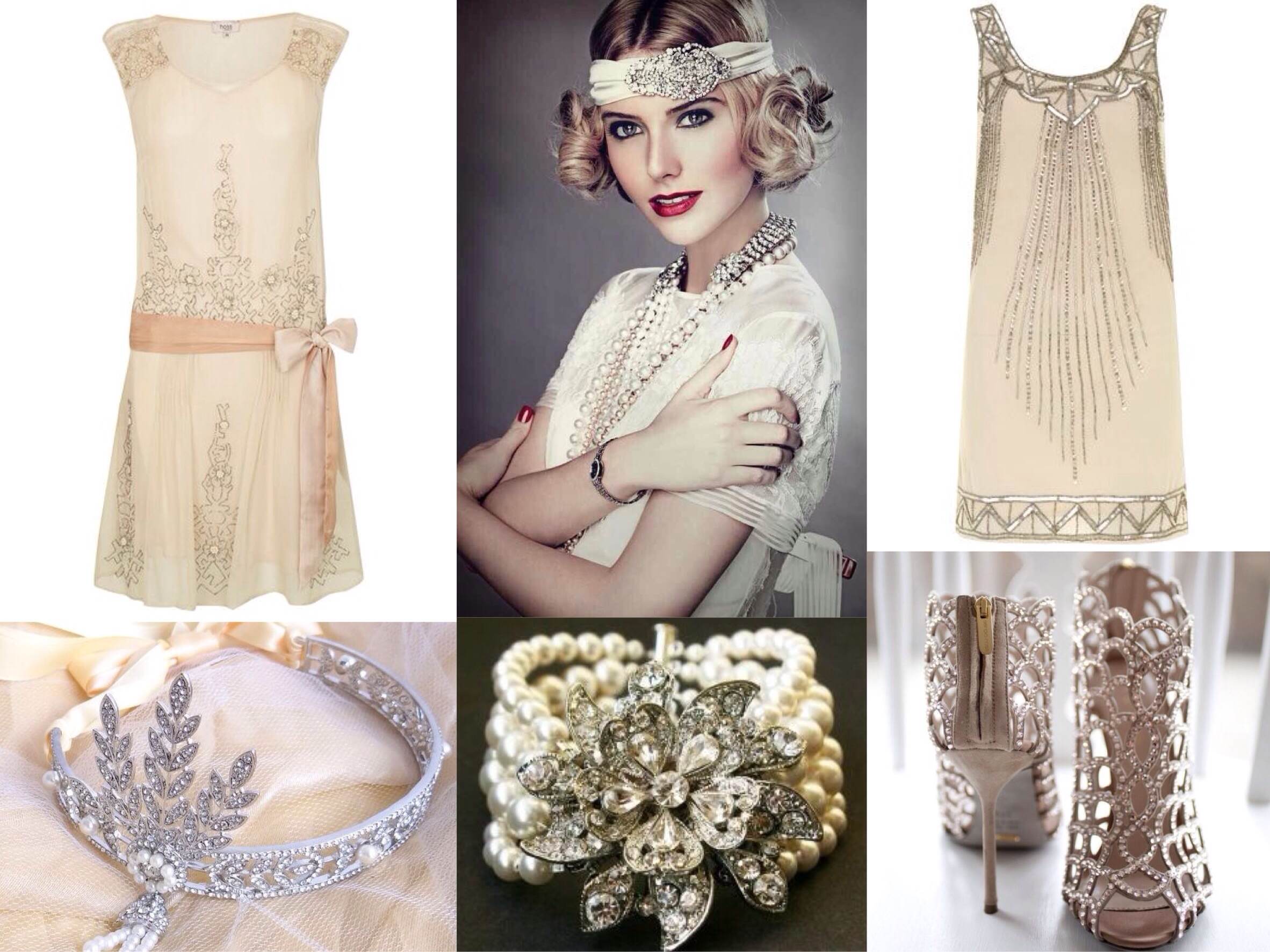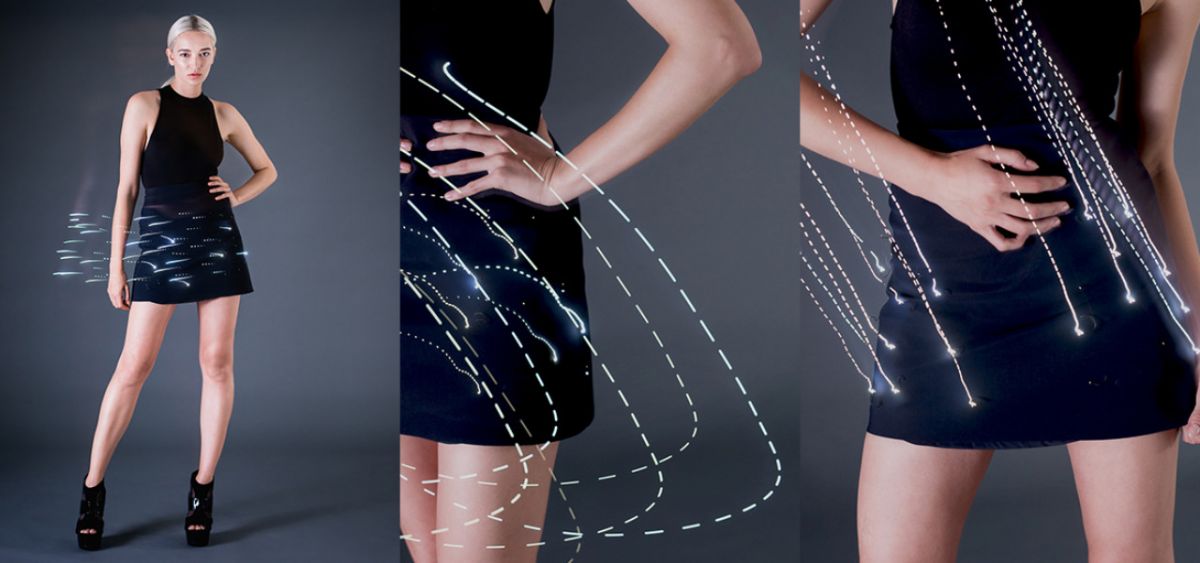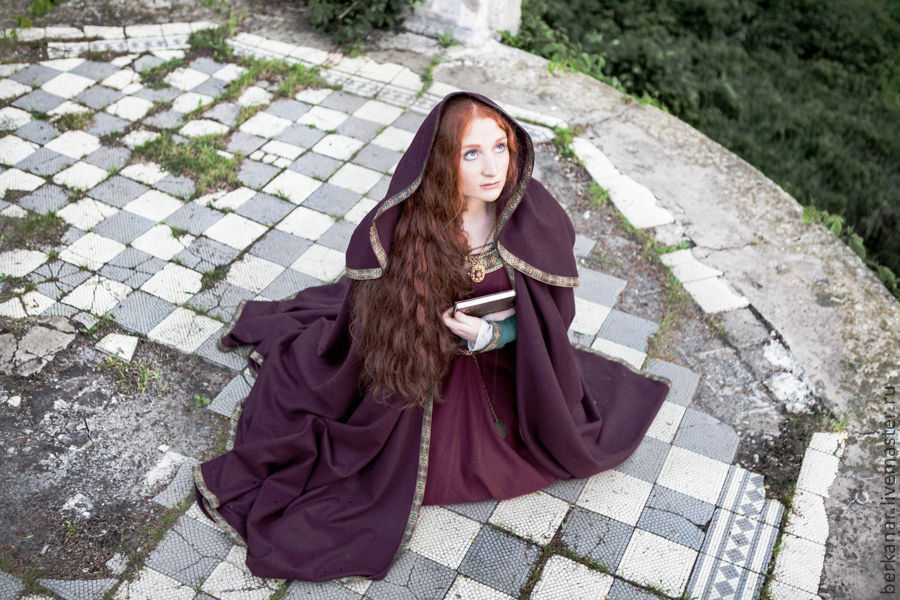Rethinking the traditional aesthetics of different nations has long been an integral part of the fashion of modern big cities. If you add various decorative elements and accessories to classic national outfits, you will get a ready-made image for every day or for a special occasion. Collected from the most exotic cultures from around the world, this ethnic style in clothing is very atmospheric and always attracts attention. With it, you can compile folk motifs, fabric textures, a variety of shapes and colors. And luxurious fabrics in pastel warm colors are elegant and never go out of fashion.
Modern variations
Ethnic fashion absorbs national traditions and symbolizes the cultural heritage of a particular people. The very concept of "ethnic" refers to a group of people with a single racial, national, religious or linguistic community, regardless of the territory in which they live. Yesterday's indicators of social belonging to a narrow and closed group have today become common property. Clothing is no longer limited by territorial or mental boundaries. Now it is not necessary to be Peruvian to have the right to dress like one.
Borrowing traditions and recompiling them became the driving force behind the ethnic trend in fashion, especially after the spread of the hippie movement in the 1960s/70s. When creating an ethnic style in clothing, designers take elements from the following cultures as a basis:
- Asian (Japanese, Chinese, Indonesian);
- African (Egyptian, Moroccan);
- European (Scandinavian, East Slavic, Greek);
- North American (Indian);
- South American (Chilean, Peruvian);
- Indian;
- peoples of the far north.
The new aesthetics inspired artists of Western civilization, allowed them to develop creatively, and gifted them with the ability to break conventions. Interaction with traditional elements of clothing helped the fashion industry create a style that is both unique and syncretic. It reminds of beautiful overseas lands or takes us back to the distant past. For example, dresses with Indian-style prints sewn in a modern cut, kimono-suit styles, or sundresses with African savannah patterns.
Prints can be varied - floral, animalistic, patchwork, geometric, depending on the cut. Silk, cashmere, kimono, poncho, moccasins and turbans - these are all borrowings from other cultures that have long become common elements of everyday style.
Just like the loose cut, not tight and not restricting movement, ethnic is distinguished by bright accessories against a background of a calmer, more restrained color palette. Rich decor emphasizes attention to detail thanks to hand embroidery (threads, beads, sequins), fringe, lace, lacing, appliqués, patches, ribbons, frills, flounces.

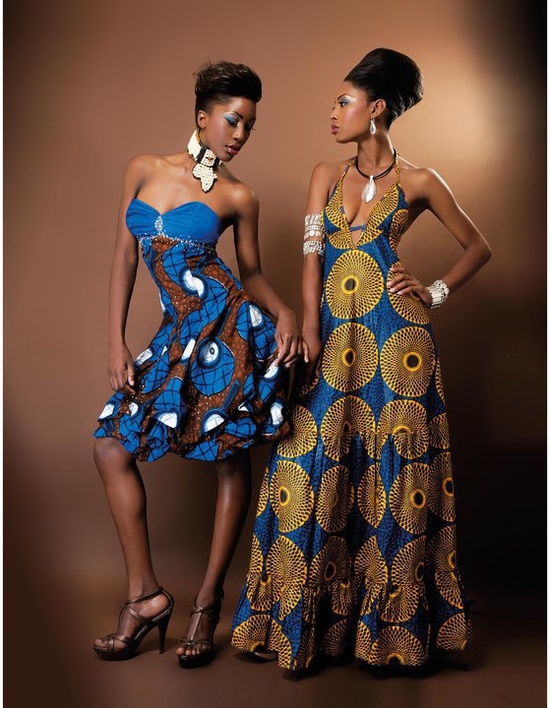



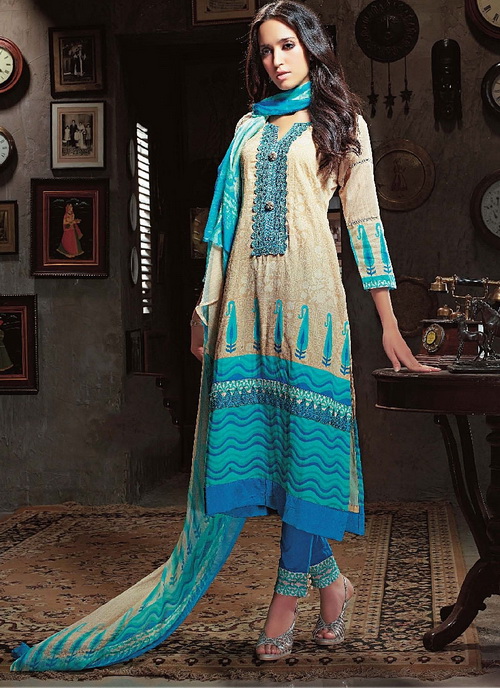
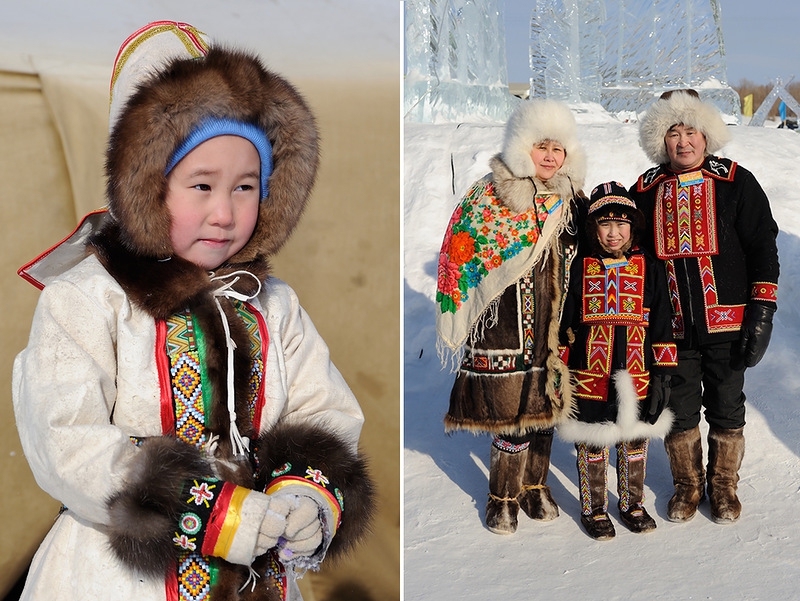
Depending on the type of clothing
Initially, ethnic clothing conveyed the idea of the impossibility of separating the inner and outer worlds. It does not try to annoyingly attract attention or demonstrate the status of its wearer. The inner identity of a person who, through his appearance, declares himself to the world - this is what the main emphasis is placed on. Depending on gender, age, season or a specific situation, the most comfortable and harmonious combination of things is selected.
Women's clothing uses almost all textures of fabrics, colors and cuts. You can choose a suitable style for almost any figure and age. Most of the clothes in the ethnic style have a free, flowing silhouette, so it is quite recommended for ladies with non-standard figure proportions. Young girls will be able to favorably emphasize their advantages, because such clothes are very feminine, help to hide flaws, attract attention with unusualness and bright accessories. The preferred color scheme is white, beige, green, gold, yellow, red.
Men need a more formal style, focused primarily on comfort. In national cultures, it has always been customary to determine a man's status and his position in society by his appearance. This way, it immediately became clear what he was like. Therefore, the emphasis is not so much on decor or color scheme, but on the quality and richness of fabrics. Widely used:
- silk;
- atlas;
- leather;
- batiste;
- flax;
- cashmere.
The shades chosen are more calm and monochromatic, for example, pastel tones: blue, white, black, gold.
Materials for summer, winter and demi-season clothing vary depending on weather conditions:
- from southern countries, where it is predominantly warm, thin, light textures were borrowed - chiffon, silk, cotton, linen, cambric;
- Northern peoples - these are warm fabrics - natural fur, wool, crepe, knitwear, tweed, jacquard, leather, suede.
The style can be any, as a rule, it is loose at the bottom and more fitted at the top.
Casual clothing is simple, even utilitarian, and comfortable to wear all day long while working or doing other active activities. The cut does not hinder movement, and the color scheme is not too bright.
To add variety to your everyday look, you can focus on accessories (hats, bracelets, earrings, bags) or shoes. They should stand out in color or texture.
Festive attire is not something to skimp on in different cultures. That is why clothes for any special occasions often look like museum pieces. Heavy kimonos, tunics, sarongs – they should be made of expensive fabrics, embroidered with pearls, stones, silver and gold. Jewelry is a must – it is better if it is massive, metallic. If it is not large, then there should be a lot of it. It is necessary to pay attention to the headdress, often, the higher and more noticeable it is, the more important the person’s role at the celebration. In modern conditions, it is enough to use several eye-catching ethnic accessories to stand out from the crowd.
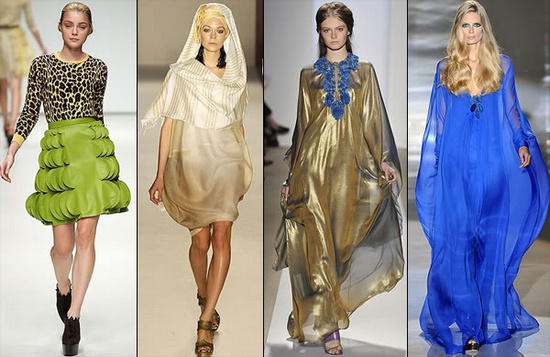
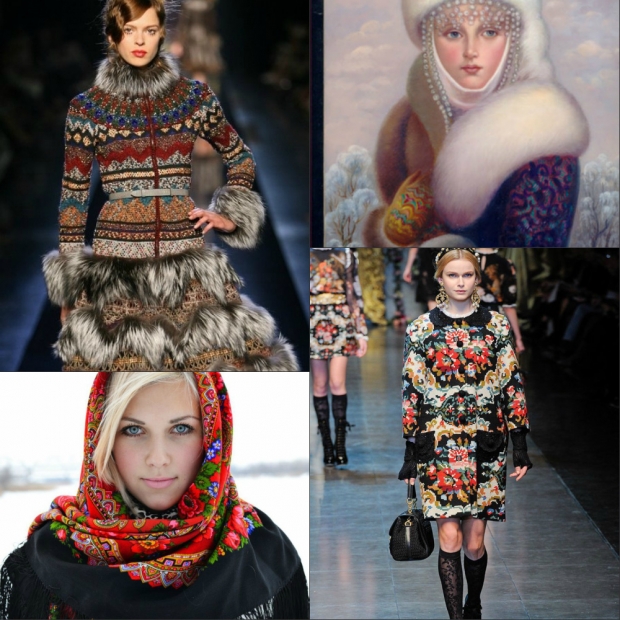

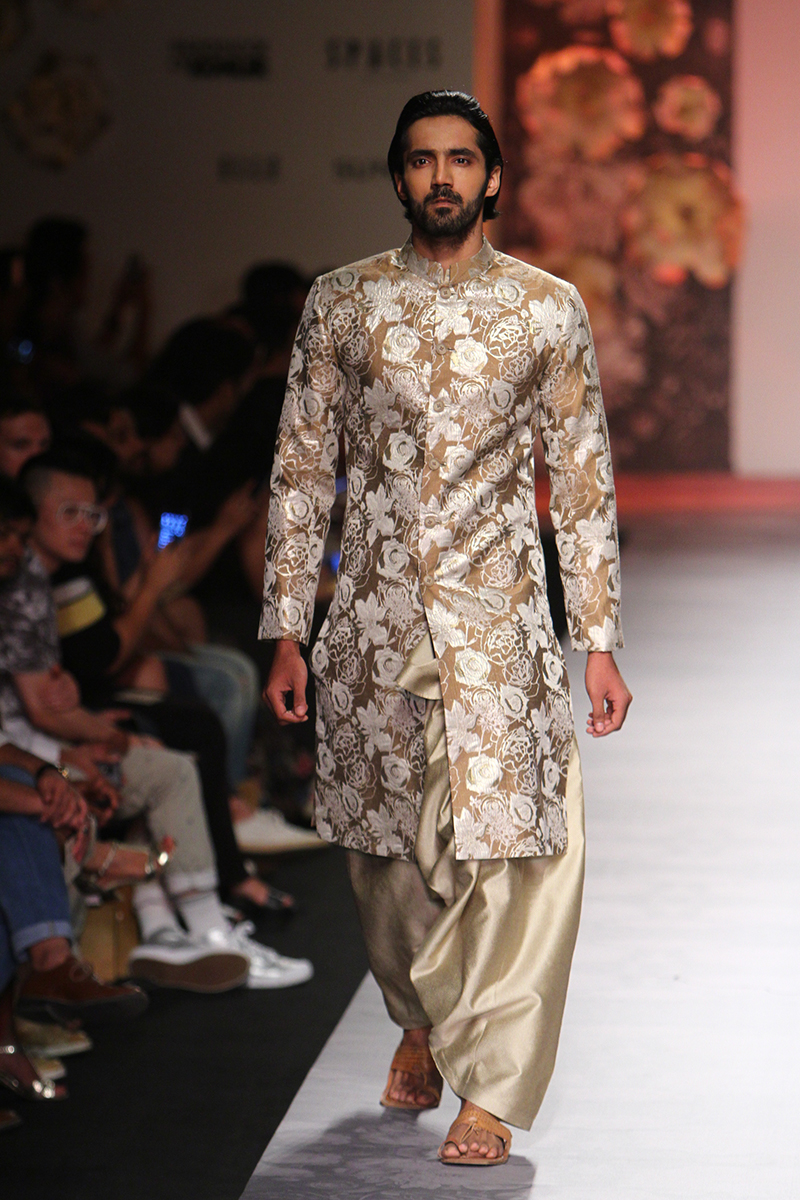

Combination rules
To follow the recommendations of ethnic style, you need to combine different textures in your clothes that are appropriate for this type and style. You don’t need to overload blouses or tops with embroidery, sequins and flounces at the same time. There should be a moderate amount of decorative elements. Otherwise, the clothes will look ridiculous, especially if there are a lot of massive decorations. Fabrics can be combined with each other. It’s good if lighter ones are adjacent to dense ones, transparent ones – with knitted elements or fur.
Basic recommendations for combining clothes with each other:
- Asymmetry of length and cut (top is short and tight, bottom is long and loose and vice versa);
- Loose, wide styles with an emphasis on the waist;
- Prints and patterns in the same style;
- A combination of airy fabrics with dense and natural ones (leather, suede, fur);
- Plain textures with embroidery, frills, flounces;
- Multicolored fabrics with beads, sequins;
- Accessories are large and several shades brighter than the clothes;
- Decorated headwear with a plain outfit.
You shouldn't wear a silk kimono-style jacket and satin trousers at the same time. It is better to choose one thing and choose the rest of the clothes from natural cotton or linen. Against their background, a cambric shirt or trousers will look appropriate.
Shoes and accessories
On the feet they wear boots, shoes, ankle boots, with lacing, on a thick or high sole. Winter shoes are mostly massive, without heels, there may be suede, leather inserts, straps. In the summer, sandals with a flat thin sole, wedge sandals. Light moccasins are embroidered with beads or threads, they will have bright patterns, flowers, lines. Often there are wicker shoes on a wooden sole, decorated with straps.
It is easy to overdo it with ethnic style in clothing. This is especially true for accessories. Woolen shawls, ponchos, colorful scarves, and scarves should not be worn at the same time. It is better to choose one thing - a colorful turban, a light headband, or a straw hat decorated with ribbons. Berets, scarves, headbands, and knitted hats are also worn on the head. They can be moderately decorated with beads or fur.
It is recommended to choose either large (square, round) or small (pouches with a long handle) bags. It is good that they are colorful, knitted or embroidered. Bright prints and appliques are allowed. Backpacks are always relevant, especially for ethnic clothing.
Decorations can be of the following types:
- necklaces and pendants with crystals, coins;
- earrings with silver, feathers, stones;
- belts made of wool and beads;
- bracelets made of threads, wood, beads, metal, glass beads;
- rings with large natural stones (turquoise, agate, amethyst).
Fashion continues to become more and more multicultural both within Western countries and at the transnational level. Ethno style can be a link between them, rich, diverse and always exciting. After all, its main advantage is eclecticism and simplicity at the same time.

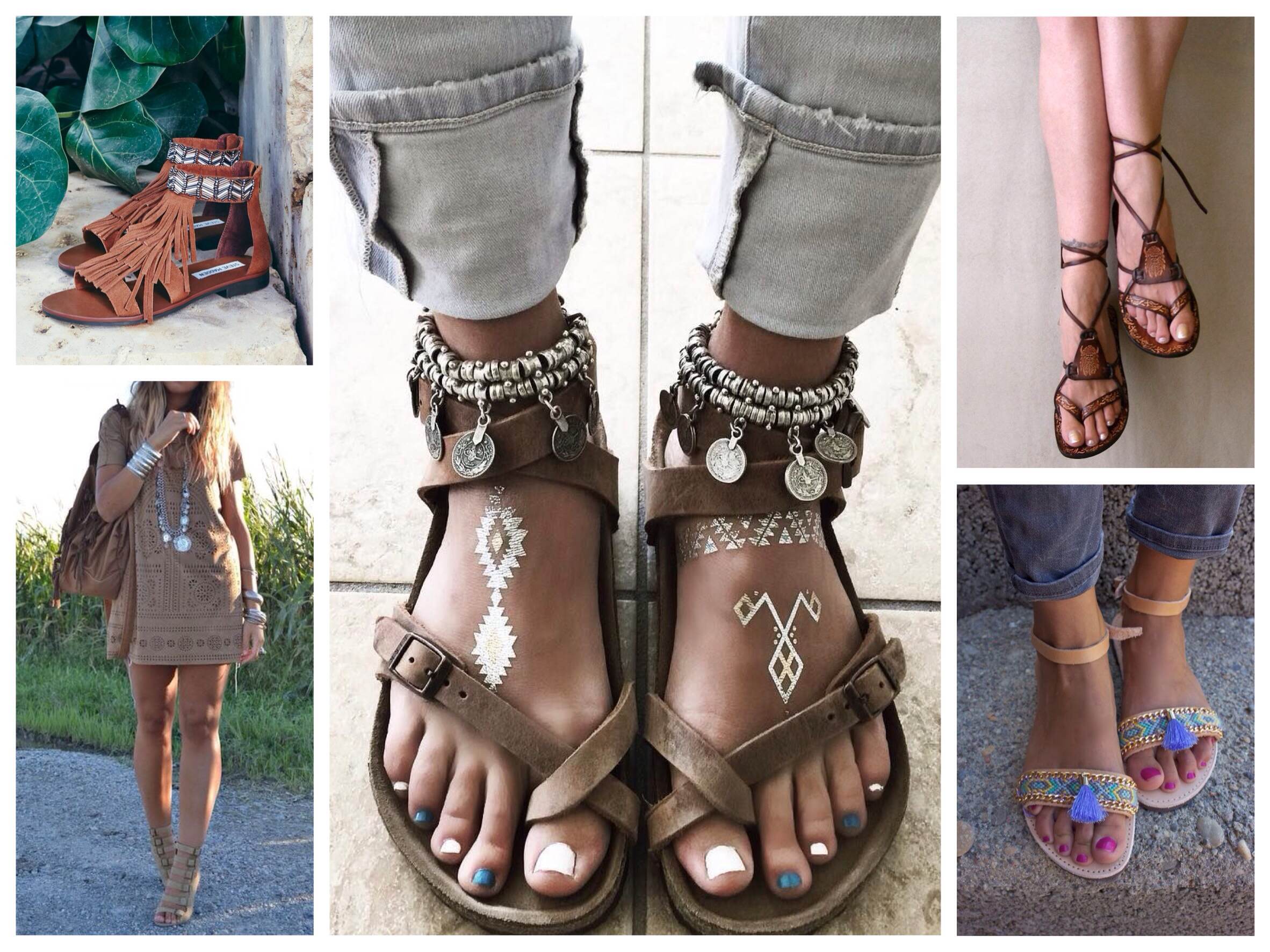

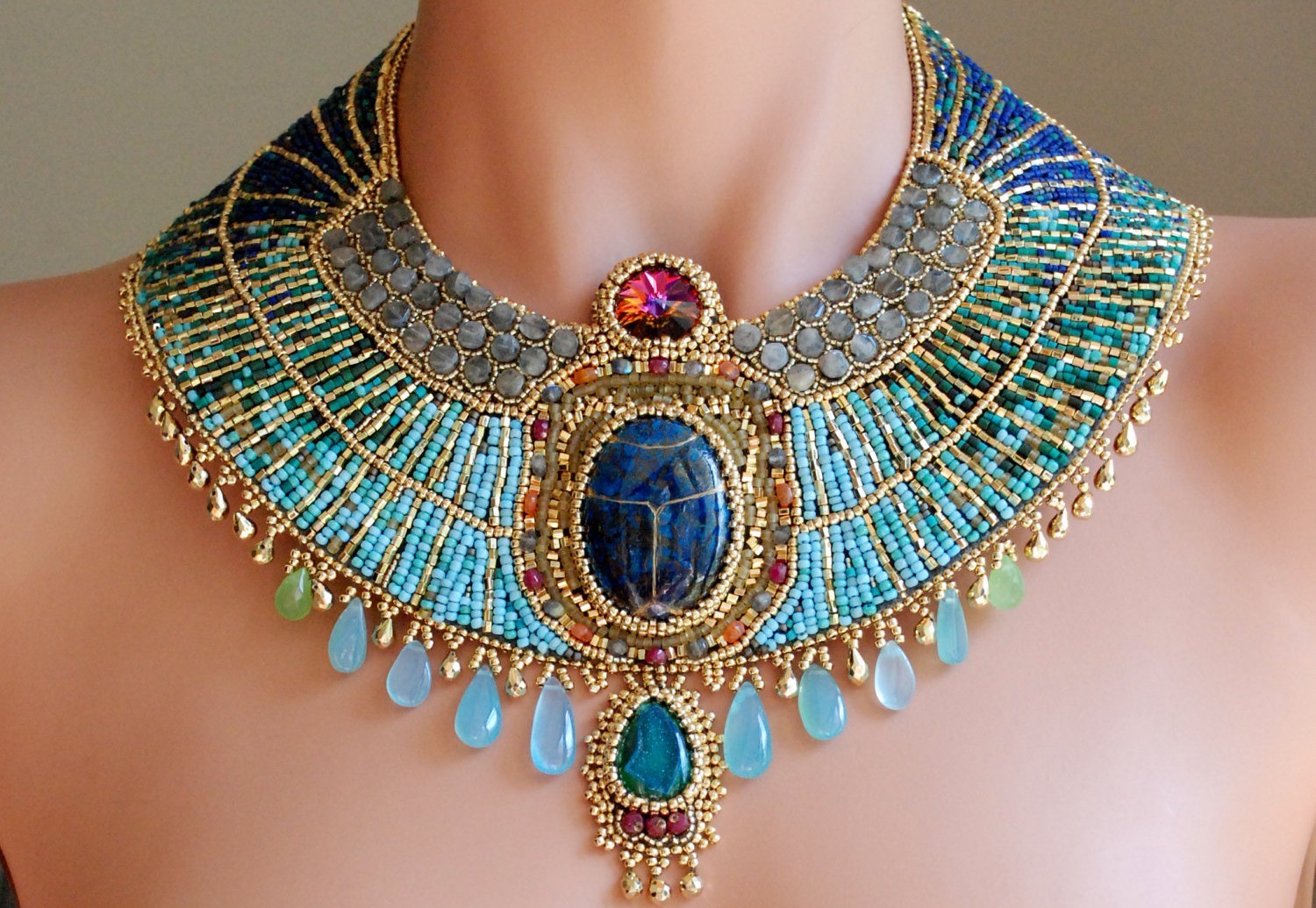

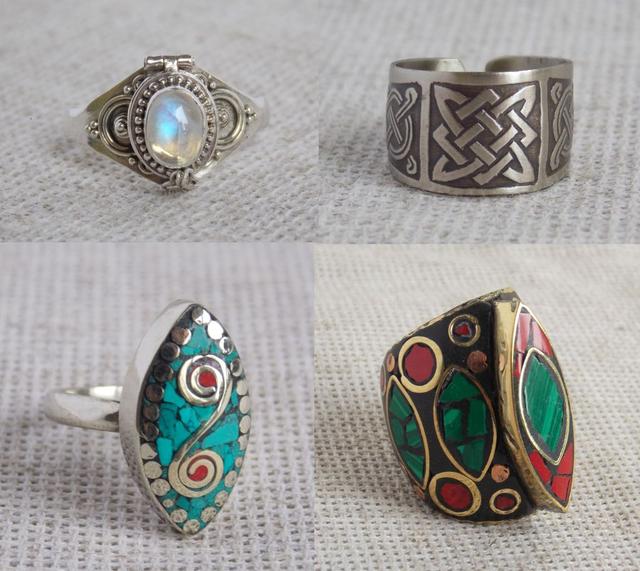

Video

